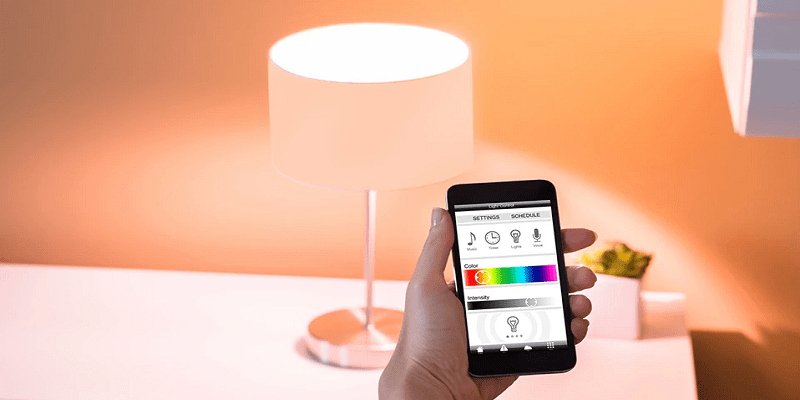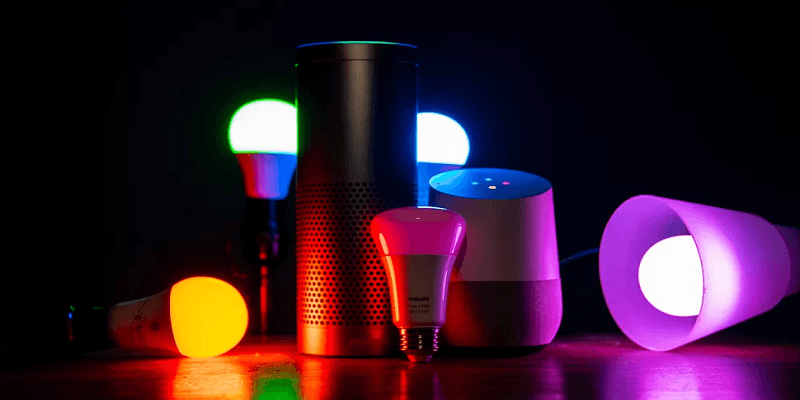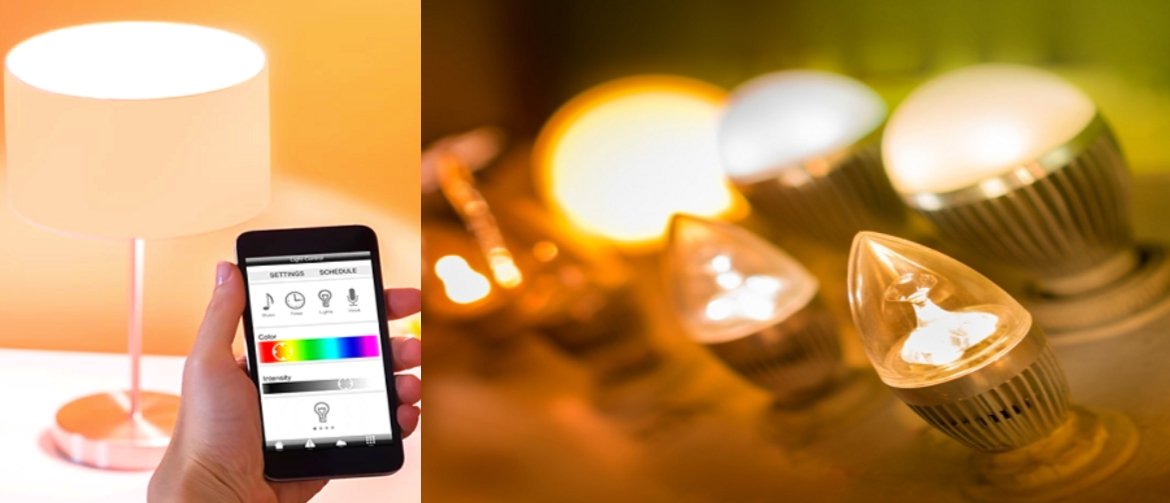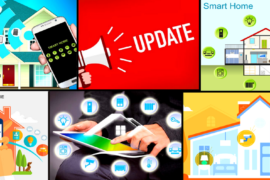Nowadays, it seems every gadget has a “smart” label stuck to it — from smart refrigerators and smartphones to smart cars and even smart toilets. In fact, we previously compiled a list of ‘10 Smart Home Devices to Turn Condo into a Futuristic Hub’, which includes artificial intelligent (AI) assistants, a video doorbell, smart thermostats, smart plugs, smart locks, an automatic watering system, and even robot vacuums.
While all these devices paint a picture of a convenient, futuristic future where everything is a voice command away, the reality is that some of them are just flashy, expensive stuff you don’t need. But if there’s one thing that does have the potential to make your home life easier and more comfortable, it’s smart lighting.

What Is Smart Lighting?
Smart lighting is lights that you can control from either an app or a smart hub. The system lets you change the brightness of the bulbs, and if they’re colored LEDs, you can switch between colors, too. You can also control the lights depending on a chosen activity, whether for movie nights, dinnertime, or reading.
Smart light controls aren’t limited to apps and hubs, either. The lights can be controlled via voice commands if you have home AI devices like Amazon Echo, Apple Homekit, or Google Home. Depending on your presets, you can say something like “Alexa, lights on” or “Siri, set the lights for reading” and the smart bulbs will respond to your commands.
The Benefits of Smart Lighting
Besides the convenience of never touching a light switch, smart lighting has many other benefits. Here are some of them:

Saves Energy
All smart bulbs come in LED form, which consumes less power than your traditional bulb. For comparison, a typical smart spotlight bulb consumes around 9.5W, while an incandescent bulb will consume around 60W.
Longer Life Span
The average incandescent bulb has an average lifespan of 750 to 2,000 hours. On the other hand, LED smart lights can work continuously for about 35,000 to 50,000 hours, and even more when you turn them off when they’re not needed.
Increased Security
Plenty of smart lighting systems offer motion detection as one of their features. As such, they can be programmed to send mobile alerts when unwanted activity happens in your home.
Blink Notification
Smart lights can also notify you when there’s a guest. For instance, if you’re having a party with loud music, it’s possible that you won’t hear the doorbell, much less someone knocking. Smart lights can be programmed to blink if a guest is at the door.
Installing Smart Lighting into Your Homes

Choosing a Smart Bulb
The bulb costs vary depending on the smart features you’re looking for. For instance, a Sengled Smart LED bulb by Amazon ($7.99) is one of the best quality, lowest-cost smart bulbs that you can get. Wyze smart bulbs are a bit more expensive ($12) and work with nearly any AI assistant. On the other hand, if you’re looking for maximum energy efficiency, Kasa states that their smart bulbs are 80% more efficient than most commercial brands, for $17 each.
Calculating the Upfront Costs
Smart lights may save you energy, but their upfront costs aren’t easy on the pockets. Not only do you have to pay for the bulbs, but there are also the costs of switches, wires, and other pieces you must consider. Another research presents a rough estimate for every part: $60 for (all) switches, $15 for every bulb, and a whopping $1,100 for the installation.
Of course, you can save money by forgoing the switches if you already have in-house AI. But it’s not recommended as you won’t be able to control your lights if your internet connection fails.
You can also do your installations for bulbs (as this part requires no technical knowledge). However, you still need to call a professional to install your switches since it involves tampering with wires.
The Future of Smart Lighting
With all these tech advancements underway, it can seem like we’ve reached the peak of development, but there’s so much more potential to grow. In fact, an article on Medium states that we’re on the verge of a potential future where electricity is wireless. If this is true, it will reduce common issues associated with lighting your home. Moreover, HomeServe puts loose wire connections as the number 1 light switch issue homeowners often have to deal with.
Motion sensors also rely on light to track movement, so Den Garden explains that they tend to face the same faulty wire problems regular lights do. The good news is that smart lighting is the first step toward a truly wireless lighting setup, saving time and money.
So, at this point, is smart lighting worth buying? The answer is yes, and not just because of lower utility bills. From telling Alexa that you’ll be heading off to bed to set the mood during a dinner date, smart lighting makes every experience much more interesting. Plus, some of them have neat features too, like motion detection.
And while more advanced offerings like wireless lights may not be available at the time of writing, ongoing developments assure that they’ll come sooner than you think.



